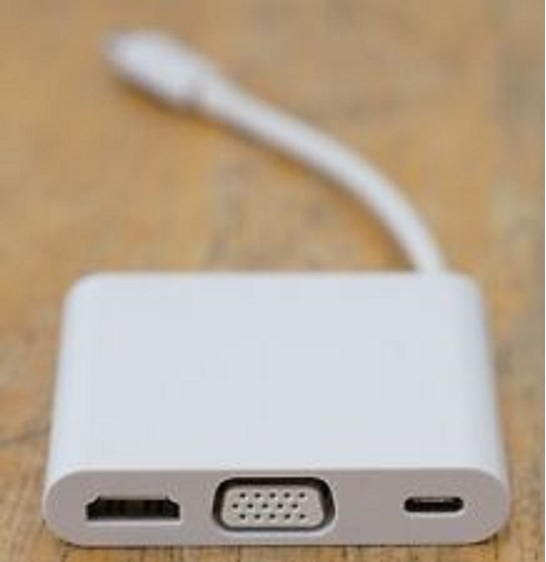Garage doors that roll up are in very high demand with homeowners since they are easy to operate, save space, and are durable. Nevertheless, these systems are based on many components that need to work in unity. We will explore the working of roll up door parts in this article, describing their roles and responsibilities towards their upkeep in roll up door operation.
Door Panels
The garage doors, that is roll-up garage doors, consist of horizontal panels that roll up vertically along tracks when opened. These are mostly meant to be made of steel, aluminum, or wood; they are not only resistant but also insulated. Periodic checking of dents, rust, or deformation would be the right action to maintain the proper operation of a car.
Tracks and Rollers
Rails lead the door panels into action as they rise or descend. Rollers are set in the door panels on each side and then move along these tracks, which contribute to the easy movement. The lubrication of tracks and rollers is a significant issue in quiet operations. It helps to eliminate the friction that produces an unwanted noise.
Springs
Torsion springs or extension springs are used to balance the weight of roll-up garage doors employing tension. Torsion springs are placed above the door, whereas extension springs are fixed on the side. Spring inspection regularly is an important point, because they are highly loaded and if they break it can be very dangerous.
Cables and Cable Drums
Each door has a wire that connects it to the bottom cable drum, which wraps around it. The cables function in tandem with the springs to make the door go up and down in a fluid motion. Cables that are frayed or damaged must be replaced immediately to prevent accidents.
Hinges and Brackets
Hinges are the points during which door panels are hooked, allowing the door to swing both ways. Brackets, as a tool, enable the music to be linked with the door frame. The inspection of hinge and bracket wear and tear assures that the doorframe will maintain its structural integrity.
Bottom Seal
The bottom seal of a roll-up garage door is a barrier that prevents airflow, insects, and particles from entering the garage. Over time, the seal may wear off or be too many or be broken up, thus making the seal inefficient. The bottom seal helps prevention of air leakage and leakage control is important in energy efficiency. Replacement of the bottom seal helps maintain energy efficiency and protects the garage interior.
Opener System
Most roll-up garage doors are built with a mechanism that consists of a motor, a driving system, and a remote controller. Lubrication and sensor adjustment as part of the maintenance system ensures that the opener operates reliably and enhances safety.
Conclusion
Learning all components of a roll-up garage door is a minimum requirement for efficient maintenance and solving problems. Through performing regular visual inspections and maintenance of these elements, users not only can extend the life of the garage door but also can ensure safe and efficient operation of the door for years.







